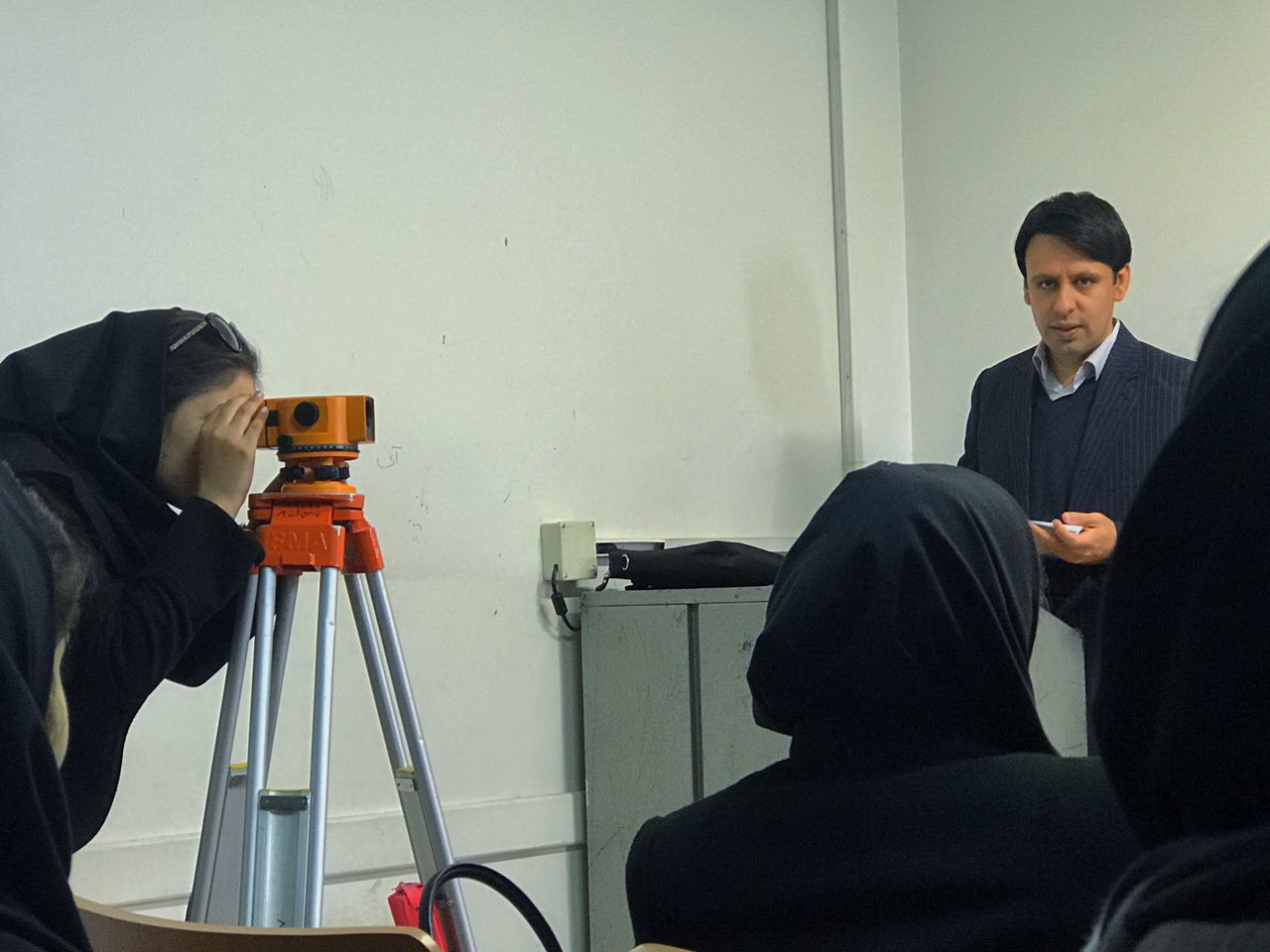»» Dr. Ramin Samadi - M.Sc. Thesis «« »» دکتر رامین صمدی ««
University of Tehran
The origin of garnet megacrysts from Dehnow Tonalite, Northwest of Mashhad
Abstract
Dehnow is located in the northeast of Iran in 15 Kilometers from the northwest of Mashhad. This area belongs to the structural zone of Binaloud along with the eastern mountain ranges of Alborz and it is located in the longitude of E59o 22' to E59o 26' and the latitude of N36o 20' to N36o 22'. Hornblende-biotite tonalites are the oldest in age, igneous rocks of the area that have been intruded into the metamorphic rocks and flisch. They are mineralogically comprised of quartz, plagioclase (mainly bytownite), garnet (almandine-pyrope), biotite (anite), amphibole (Ferro-hornblende) and accessory minerals of chlorite, epidote, calcite and ilmenite. Based on the geothermobarometrical investigations, the tonalitic melt had an average temperature and pressure of up to 680oC and 6.4 kbar and the contact metamorphic rocks produced by its intrusion show lower metamorphic degrees (Albite-epidote to hornblende hornfels facies) in comparison with schists of the area (green schist to amphibolite facies). Thus the tributary effect of this intrusion, compared to the regional metamorphism of area, is just seen around the intrusive mass of tonalite. Petrography and geochemistry of tonalites and their garnets, composition revealed that the primary magma of Dehnow tonalitic rocks was an I-type granitoid, which belonged to calcalkaline series and related to CAG tectonic setting. Changes in Fe and Mg content of garnets from the core of the crystal to the rim, explain only the influence of cooling process of tonalitic melt and as a matter of fact diffusion has had no significant effect on it. Therefore it is completely unacceptable to divide the structure of these garnets into two parts of a xenocrystic core and a phenocrystic rim. Moreover, in contrary to the previous studies, changes in Mg and Mg# cannot always act as a precise and sufficient criterion in determination of the origin of garnets. In addition, the composition of garnets rim and their pattern of chemical zoning are never supposed as the indicator of phenocryst and xenocryst garnets. Study of inclusions existing in garnet grains of tonalites, lack of sillimanite inclusion, absence of schist xenoliths in tonalitic mass, differences between the garnet tonalites with garnet schists and adjacent hornfels, and also the close resemblance between the garnet tonalites and the phenocryst garnets of other similar investigations, all together prove that production of garnets in tonalites has no genetic relation with the area metamorphic rocks, but they are originally formed by the tonalitic melt.
دانشگاه تهران
بررسی منشأ مگاکریستهای گارنت موجود در تونالیت دهنو
(شمالغرب مشهد)
چکیده
منطقه دهنو در شمالشرقی ایران و در 5 کیلومتری شمالغربی شهر مشهد واقع گردیده است. این ناحیه در محدوده زون ساختاری بینالـود و در امــتداد شرقی سلسله جبال البرز، در محدوده طولهای جغرافیایــــی´22 °59 تا´ 26° 59 شرقی و عرضهای جغرافیایی´20° 36 تا ´22° 36 شمالی قراردارد. هورنبلند - بیوتیت تونالیتهای منطقه دهنو، قدیمیترین سنگهای آذرین تزریق شده در داخل دگرگونیها و فلیشهای منطقه هستند. کانیهای موجود در آنها شامل کوارتز، پلاژیوکلاز (عمدتاً بیتونیت)، گارنت (آلماندین - پیروپ)، بیوتیت (آنیت)، آمفیبـول (عمدتاً فروهورنبلند) و کانیهای ثانویه شامل کلریت، اپیدوت، کلسیت و ایلمنیت میباشند.
طبق نتایج ژئوترموبارومتری، دما و فشار متوسط مذاب تونالیتی تقریباً 680 سانتیگراد و 6/4 کیلوبار بوده و سنگهای حاصل از نفوذ تونالیتها دارای درجات دگرگونی پایینتری (رخساره آلبیت - اپیدوت تا هورنبلند هورنفلس) نسبت به شیستهای منطقه (رخساره شیست سبز تا آمفیبولیت) میباشند. لذا اثر فرعی تزریق توده تونالیتی نسبت به دگرگونی ناحیهای منطقه فقط در بخشهای مجاور توده مشاهده میشود.
براساس پتروگرافی، ژئوشیمی و ترکیب گارنت، ماگمای اولیه تونالیتهای دهنو، متعلق به گرانیتوئیدهای تیپ I و سری ماگمایی کالکآلکالن بوده و دارای جایگاه تکتونیکی CAG میباشند.
تغییرات میزان Mg و Fe از مرکز تا حاشیه گارنتها صرفاً بیانگر تأثیر فرآیند سرد شدن توده تونالیتی بوده و پدیده انتشار در آن بیتأثیر بوده است. لذا تفکیک ساختار گارنت موجود در تونالیتها به دو بخش هسته زینوکریستی و حاشیه فنوکریستی کاملاً مردود میباشد.
همچنین بر خلاف مطالعات پیشین، تغییرات مقدار منیزیم و Mg# همیشه معیار دقیقی برای تشخیص خاستگاه گارنت نبوده و صرفاً ترکیب حاشیه گارنت و الگوهای منطقهبندی شیمیایی، متمایزکننده گارنتهای فنوکریست و زینوکریست نیست.
مطالعه ادخالهای موجود در گارنتهای درون تونالیت و نبود ادخال سیلیمانیت، و نیز نبود زینولیت شیستی در درون آنها، عدم شباهت گارنت تونالیتها با گارنت شیستها و هورنفلسهای مجاور و شباهت بسیار زیاد آنها با گارنتهای فنوکریستی در تحقیقات سایر محققین، نشان میدهد که تشکیل گارنت تونالیتها هیچگونه رابطه ژنتیکی با سنگهای دگرگونی مجاور نداشته و حاصل تبلور از خود مذاب تونالیتی است.

